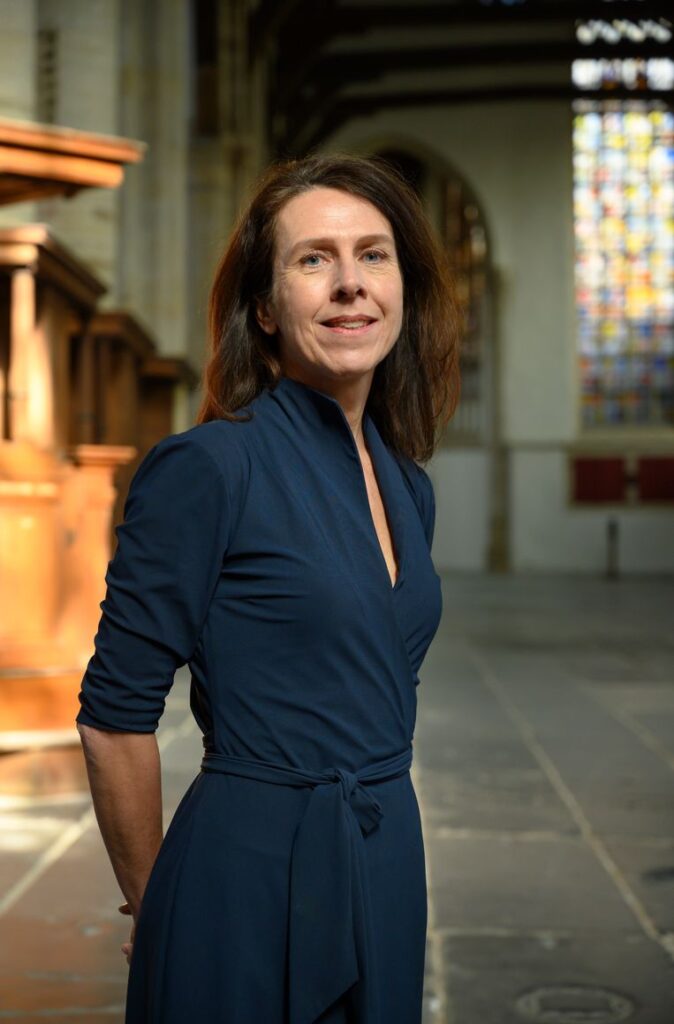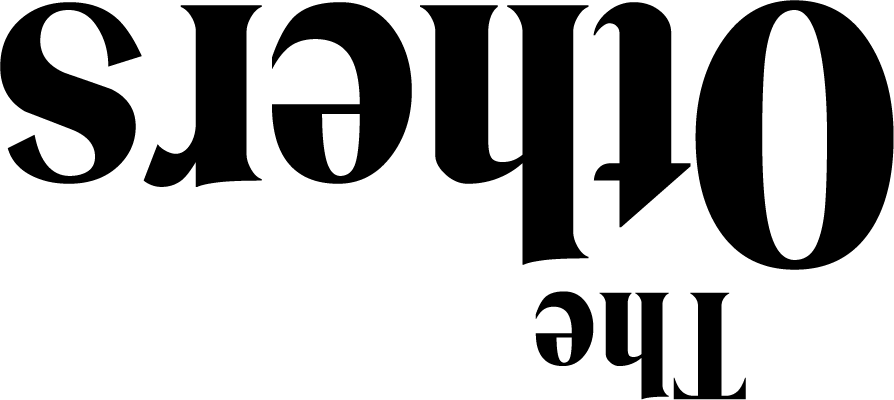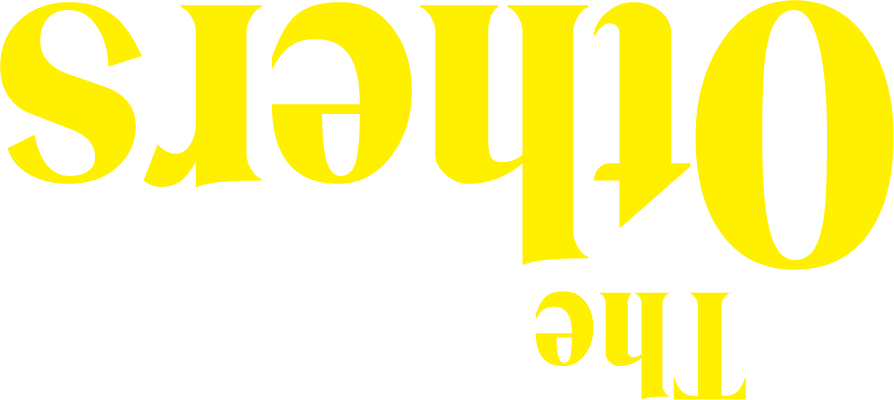12 Sep THE MIGRATION OF MEANING. Slow curating as a way to connect to place and people by Jacqueline Grandjean
As a curator and director, I used to find myself in an aeroplane at least every two weeks. On 15 March, all travelling came to an abrupt halt. During the Covid-19 lockdown I concentrated more on my direct environment, and discovered there is a lot to research and investigate in the here and now. Exotic curatorial projects became less and less interesting in favour of projects that are connected to the values of locality, working with the community, collaborating with local artists, and having a meaningful dialogue with the neighbours. In other words, I discovered a different way of working: slow curating. As a slow curator you don’t necessarily work at a slow pace, but try to follow a more intensive process that takes more time. Every step in the process of making an exhibition – choice of time and space, research, selection or creation of the works of art, form of presentation, mediation – is taken carefully and deliberately. Customization is provided, standard solutions are useless. Substantial investments are made in the preliminary research and in contact with the artist(s), based on the conviction that this will not only sharpen and deepen the exhibition, but will also pull audiences and works of art closer together. Slow curating in this sense is relevant both locally and globally as an intentional practice of interconnectivity. Besides trying to save the planet, this is the reason I have decided to not fly in 2020 and 2021. So my travelling, too, is now slow, in order to see and grasp more of my direct environment.
In connections with the community, building relationships and tracking notions of cultural change that evolve over time, it is fruitful to take the time to sincerely listen, follow up on conversations and connect insights from the neighbourhood with the artistic process. In the discussions and conversations over time, slow curating as a method creates meaningful reflections. In this holistic view of working, we work within a community with the environment rather than against it. Slow curating, therefore, becomes especially interesting when dealing with art on site. In Europe, we see several interesting institutions working from a historical or heritage site with artists, creating site-specific programmes that intertwine past and present. To name but a few examples: Grand Hornu (Genk, Belgium) is a monumental neoclassical complex built in the nineteenth century – a former coalmine and workers’ housing that now includes a museum of contemporary art. The programme invites artists to reflect on the site’s connection to memory and poetry. The Neon Art Foundation (Athens, Greece) puts together exhibitions in public and private places, often archaeological sites such as recently the Island of Delos. Artists are taken to the site, and start their process by reflecting on the remains of former eras. The Oude Kerk is Amsterdam’s oldest monument. As a monumental church in the heart of the Red Light District with a programme dedicated to contemporary art, it forms the pars pro toto of gradual cultural change. Artists are invited to the medieval church and start working from the fundaments of iconoclasm – the Iconoclastic Fury took place here in 1566. These extraordinary art institutions show why slow curating makes sense. It helps to better understand the context, it makes it possible to work with local experts, to comprehend different (sub)communities, to learn about local politics and to understand the poetics of a place. All of the sites form important European landmarks, the layers of time and history offer meaningful sources of information for the artists. By investigating issues (conscious and unconscious) that affect the past as well as everyday life, we get closer to the genius loci. The notion of taking time is important in creating reciprocal relationships, open-ended proposals and outcomes that can be decided by different people and at different times in the process.
In order to create relevant engagement with audiences and local communities, we need to invest in time and place while critically examining our practice as it evolved and adapted to political contexts. The process is as open as it possibly can be, inviting new meanings and alternative stories as the new pages in (art) history. The slow-curating process consists of the following steps in circular order: researching social structures, political environments and historical contexts, analysing time and place, prototyping, discussing insights, testing in situ, and then revaluating and starting again at the top. During the entire process we link, connect and discuss and share these notions with the people around us. For we feel it is time to work in different ways, and show the gradual change art is visualizing and proposing to the world. For example, we worked with artist Wong Hoy Cheong on a plan to put a minaret on the roof of a church. His engagement with local Islamic communities led to various conversations and new connections that also shone a light on the dominance of Christianity in our daily city lives. But the gesture to put up a minaret was not in sync with the conversations we had. Together with the artist, we decided to refrain from the visual intervention. However the meaningful process remained as an important element of reflection and debate. The element of control and power ebbs and flows, and self-reflection and self-evaluation are continual and an important part of the process.
The Oude Kerk started its contemporary art programme in 2014. Soon it became clear that the traditional way of curating was not working here. We needed to invent another approach, allowing the artist to get to know the place, the genius loci. We feel it is the artist who is able to change the perspective and alter our ways of seeing. The artist needs time and space. As we developed our programme, the amount of time the artist was present in the space grew. The urgent necessity to grasp the genius loci and fully comprehend its core led to the slow curating we now stand for. We take several years, in the case of Adrian Villar Rojas even six years, to develop the work. The slow process involves numerous site visits, encounters with people around us, deep conversations with experts, our presence during sermons and active listening sessions on the spot. Artist and musician Nicolas Jaar even decided to sleep in the church, in order to unfold a nocturnal conversation with the architecture.
Notions of space and place play a relevant role in the shared collective imaginary, the constructions of identity and meaning. The spirit of a place – the genius loci – is made evident by the physicality of the place, its tangible structure, while in the case of any destruction of the tangible dimension, the genius loci can still persist in memory at an individual or collective level. It shows how not only the tangible, but especially the intangible dimension is fundamental in the denotation of the place. The place can be defined as a concrete entity that is at the same time intangible, with a multidimensional character based on geographical, historical, cultural, architectural, economic and social coherence. It means that place is an open concept, continuously rebuilding itself in our minds. A place must be experienced: ‘There is no knowing or sensing a place except by being in that place, and to be in a place is to be in a position to perceive it.’ Places are emotional identities, they have a soul. Our task is to discover it, just as we would get to know another human. Obviously, getting to know this soul takes time. The slow curation process allows us to take that time.
The immersive art projects within the ancient walls and the open conversation about cultural-historical values that we stimulate together with artists regularly lead to protest. Especially the projects of Giorgio Andreotta Calò and Adrian Villar Rojas have touched upon sensitive points in society. As a direct result of the works of art presented, motions have been submitted to the city council and the national parliament. The work of Calò had to be defended regularly in court. People feel angry because ‘their’ monument is temporarily changed, which touches upon their cultural identity.
Some believe that history is cast in concrete, that history should not change. This position is problematic because our cultural identity is at stake. Cultural history is always on the move. Admitting various voices and new pages to our (cultural) history does not happen automatically. Iconoclasm never died down, which is why it is of great significance to make time for debate about equality and identity. We feel that slow curating allows for more time for reflection and discussion with both the artists and the audience, and to have meaningful conversations about the world around us with various communities.
Author
Jacqueline Grandjean

Recent Posts
- STUDY: Lorenzo Bruni interviews Giorgio Spanu
- Quando l’arte chiama il collezionismo attraverso la sperimentazione. Ambizioni ed economie degli spazi no profit by Marianna Agliottone
- THE MIGRATION OF MEANING. Slow curating as a way to connect to place and people by Jacqueline Grandjean
- Initiatives in Istanbul by Pelin Uran
- Interview with Marja Bloem

